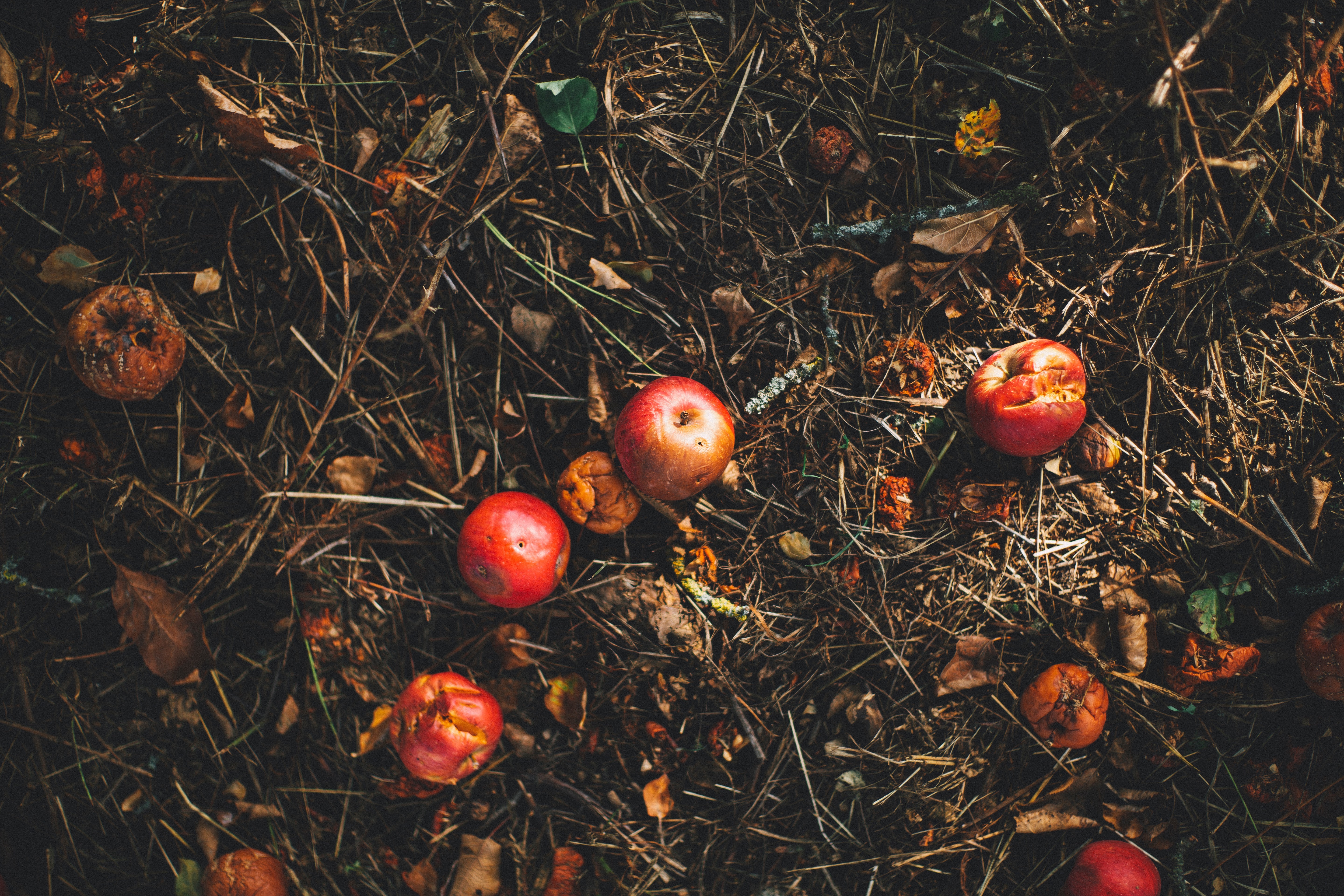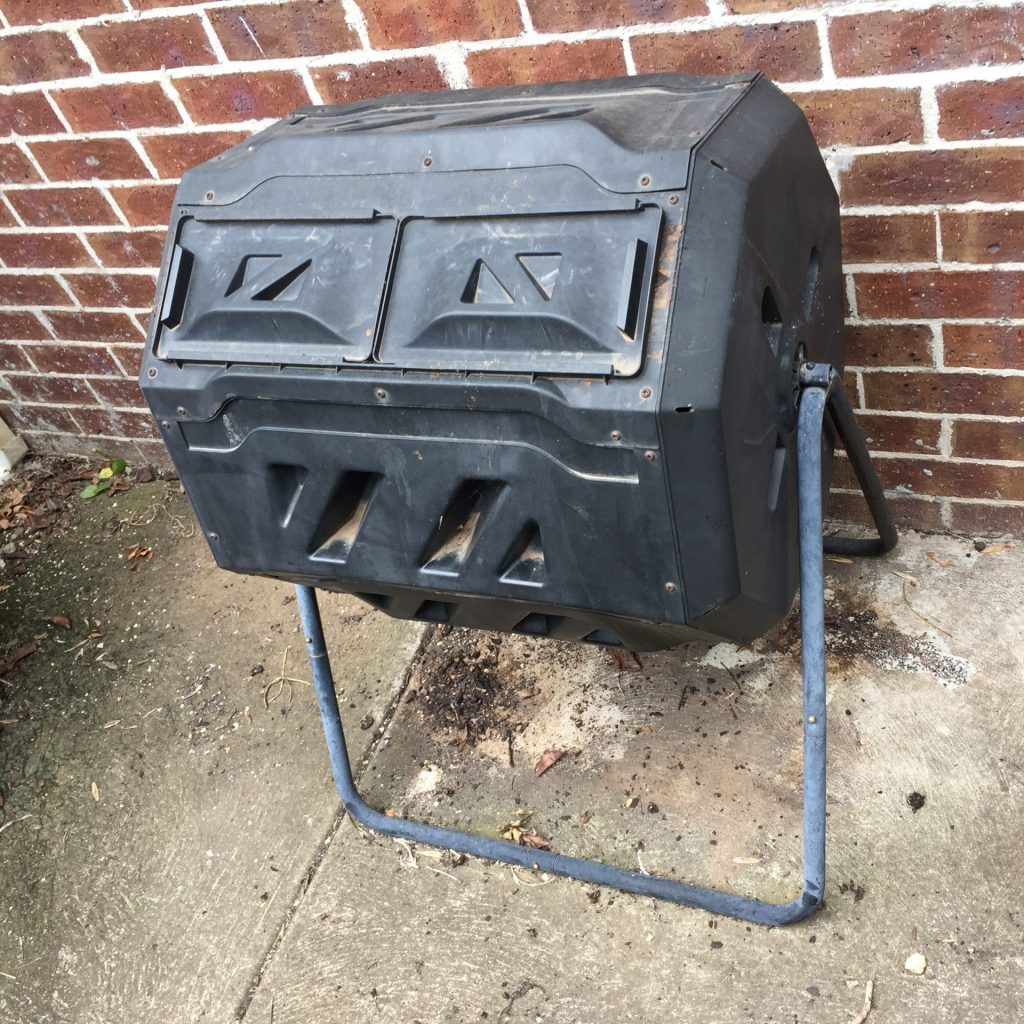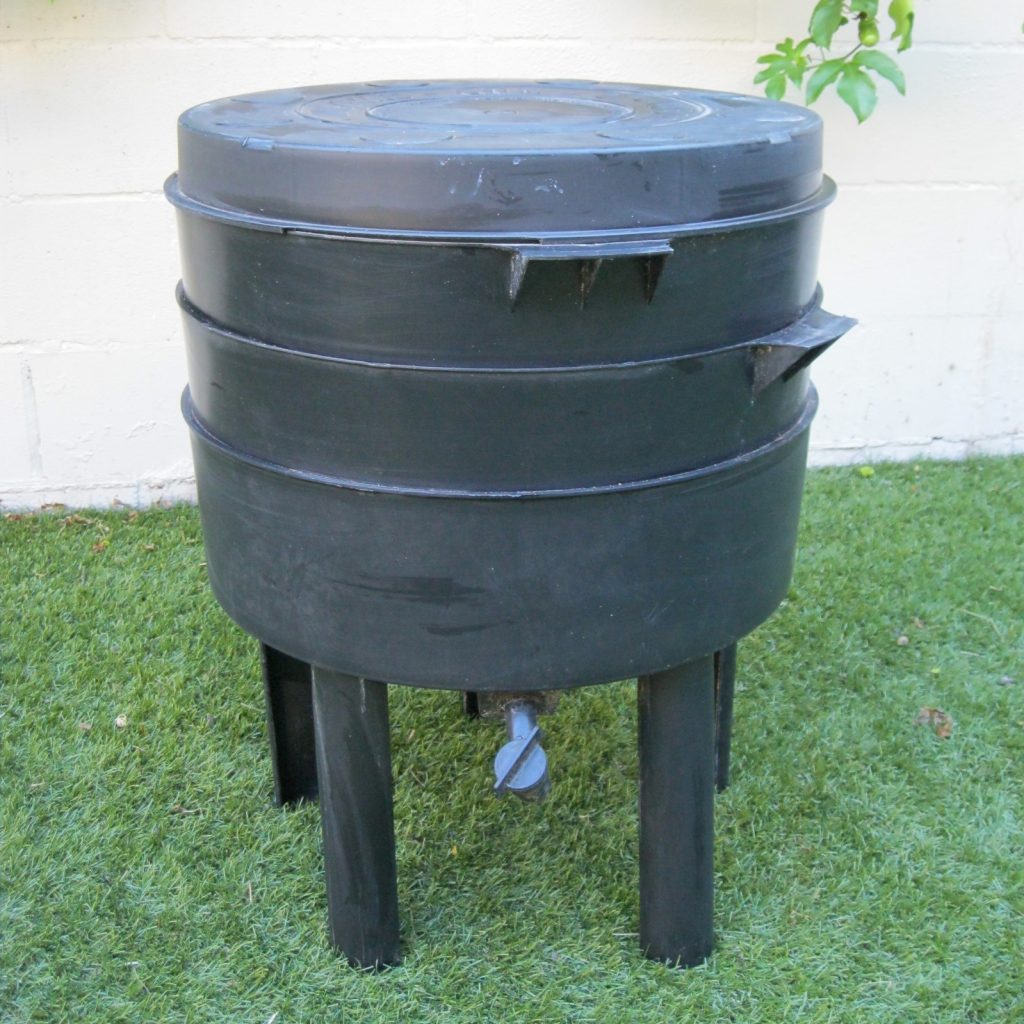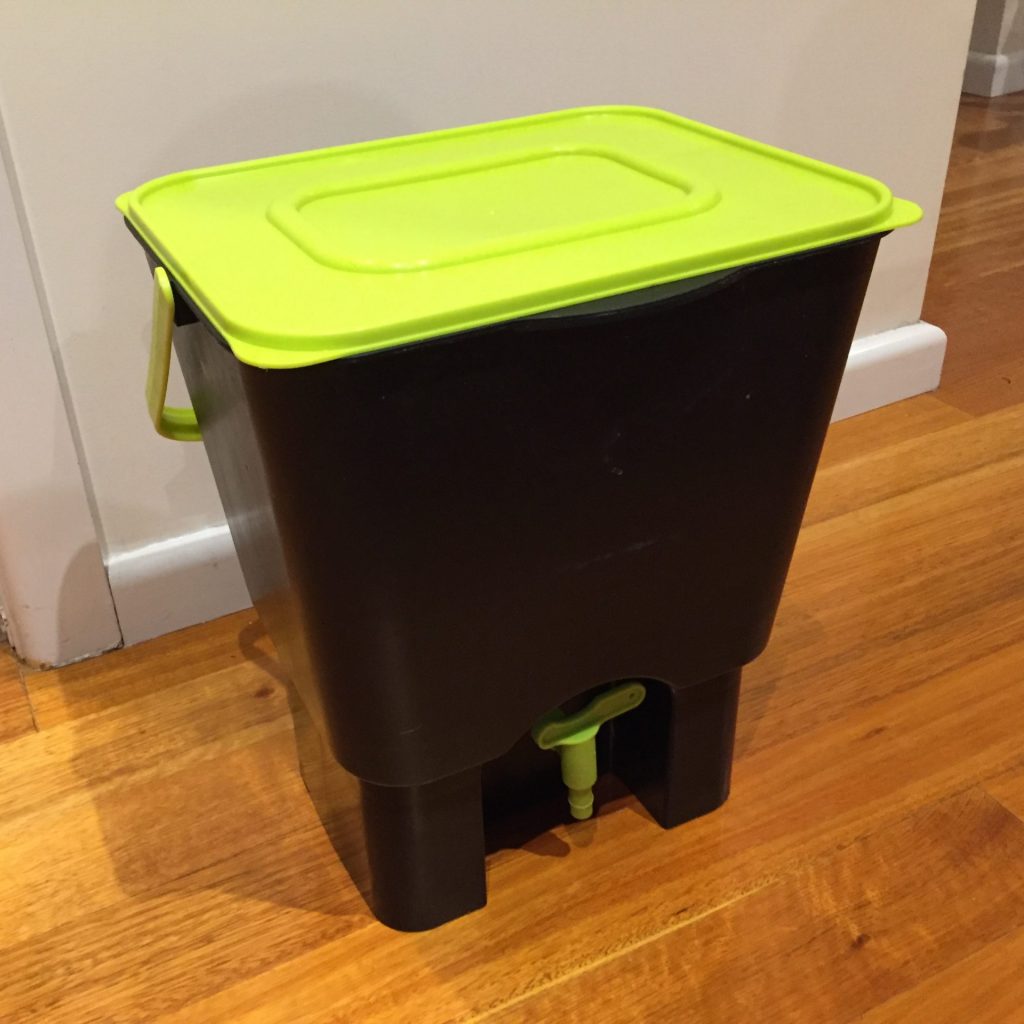
We have all learned in school at some point about the natural cycle food goes through, growing from the soil, then decomposing and turning back into nutrient for the soil, which helps to grow more food and so on. As adults, however, we tend to think of the food cycle more like going to the supermarket and throwing the waste out, which magically disappears some day of the week. Making compost helps to avoid food waste and can reconnect us with the natural cycle of food.
It turns out most food waste is sent to landfill and ends up rotting without oxygen, releasing greenhouse gases and contributing to climate change. Methane, one of these greenhouse gases, is 25 times stronger than carbon dioxide (CO2) at trapping heat in the atmosphere.
By composting your food waste you helping the environment while at the same time nurturing your soil to help you grow more food.
The process to make compost involves various methods to decompose organic waste in the presence of air to produce fertiliser and soil amendment. But it’s much easier than it sounds!
How to make compost
Compost Bin

The most common way to make compost is to use a composter or tumbler bin. You can buy these at Bunnings, online or at most Home & Garden stores. Simply feed it a 50/50 mix of food scraps and gardens scraps (soil, grass and plant clippings, dry leaves, etc). Shredded paper and cardboard can also be added along with garden scraps. Avoid putting meat, dairy and pet poo as these can attract harmful bacteria and produce bad smells. Stir or turn the tumbler a few days a week. Your compost is ready to harvest if it looks like dark, rich soil and smells earthy. This normally takes a few months.
Wormfarming

Another popular method to make compost is wormfarming. A Worm Composter is similar to a compost bin, but will normally have trays with holes to allow the worms to move up and down. You start with one tray, filling it with a few sheets of moist newspaper, shredded paper, peat or pure compost. Add some worms and let them get used to their new home for a week. You can then start slowly feeding small pieces of fruit and vegetables, eggshells, tea bags and coffee grounds. Carbohydrates and cooked food is also ok in small amounts. Don’t feed them citric fruits like oranges and lemons, meat, dairy or garden scraps. Also, make sure to keep them moist, either using liquid from your food scraps or pouring water.
Once your tray is full you can start filling additional trays on top. You can also rotate the first tray back on top after your worms have made some room by eating the food scraps. This process can continue for a few years before you need to harvest the compost.
Bokashi

The bokashi method is a great alternative to wormfarming if you have limited space. It can also be used in combination with a worm farm or compost bin. Bokashi bins are odourless and small enough to be kept in the kitchen. You can add almost all food scraps, but avoid too much liquid, large bones, garden scraps, mouldy food and pet poo. Squash the waste to minimise the amount of air, then either apply a layer of micro-organism spray or bokashi mix and close the lid.
The food scraps will ferment over time and release liquid fertiliser (bokashi juice) from the tap on your bin. You should drain your bin every few days. The bokashi fertiliser is concentrated, so you will want to dilute 1 cup into a 10 litter bucket of water before using it to water your plants. You can also use it as an organic drain cleaner, pouring directly into the sink.
When your bokashi bin is full you can either bury it under the soil, feed it to worms or put it in a compost bin. You can also gift it to a community garden if none of these options works for you.
Check out the video below to learn how I compost at home using a combination of bokashi and a compost tumbler.
Final thoughts
- For convenience, keep a small kitchen caddy to put food scraps during the day and move it to a bokashi bin or composter only at the end of the day.
- Just like your stomach, composting works best when you feed it a balanced diet.
- Avoid food waste in the first place by only buying, cooking and serving what you can consume.
Composting can be a fun way to be more connected with nature. It encourages a healthy lifestyle, eating a balanced diet, avoiding waste and growing plants!
